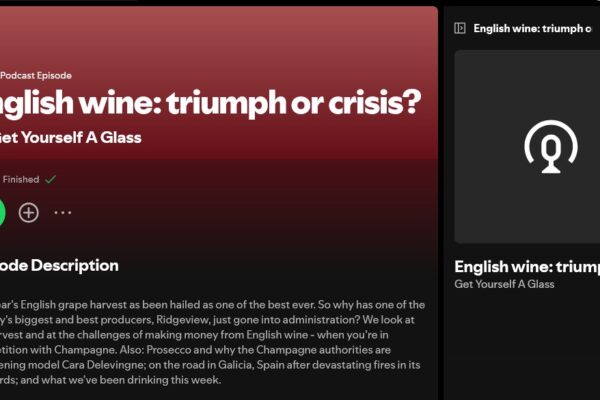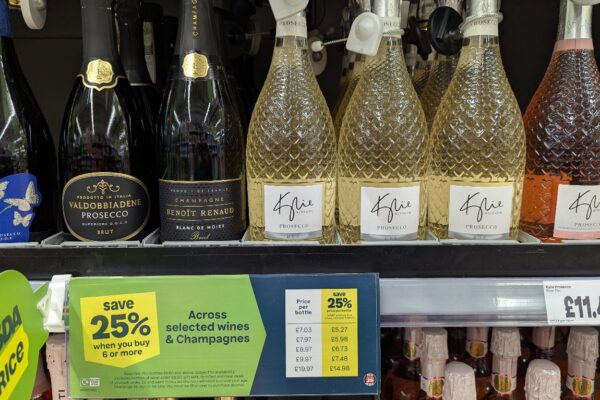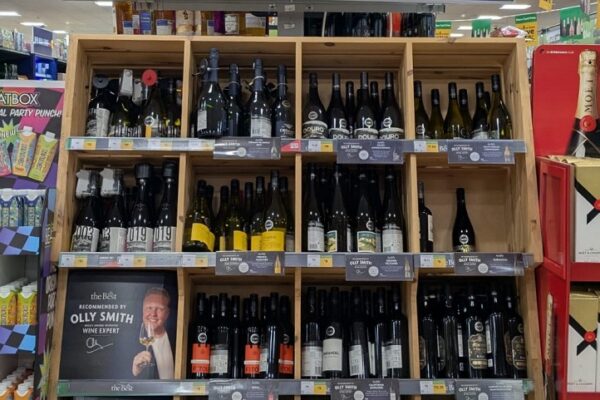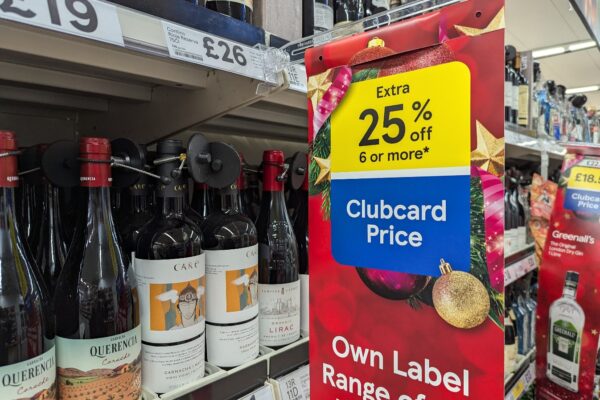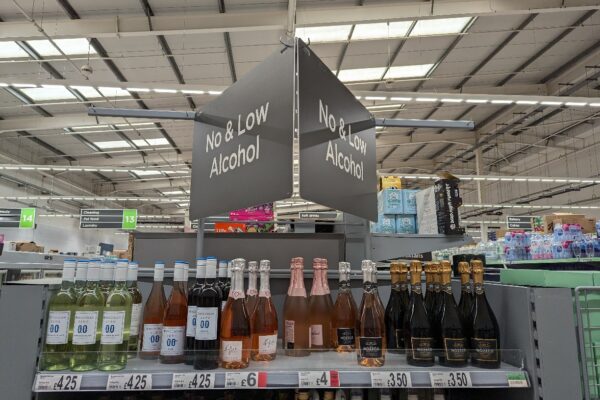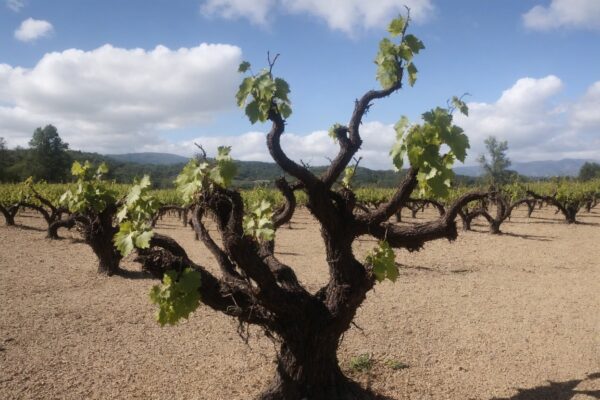
The FT newspaper is reporting (link started free but might be behind paywall by the time you read this) that the French red wine industry is facing a severe decline as younger generations increasingly shift away from red wine, opting for rosé, beer, spirits, or alcohol-free alternatives and some avoid alcohol altogether. Consumption of red wine in France has fallen by about 90% since the 1970s, while total wine consumption has decreased by over 80% since 1945. Generation Z purchases significantly less wine than older generations, highlighting a generational shift.
Experts attribute the decline to the industry’s failure to connect with younger audiences, complacency rooted in past popularity and global trends such as reduced alcohol consumption and evolving tastes. Red wine’s image has suffered, particularly in the Bordeaux region, due to overproduction and an abundance of lower-end wines. Climate change and a decrease in demand from key export markets, including China, have further compounded the challenges.
Some producers are adapting by focusing on higher-quality wines, diversifying into white, orange, or low-alcohol wines and embracing organic certification, which appeals to younger consumers. Innovative approaches, such as wine tourism, personalised marketing, and alternative products like wine mixers, remain underutilised by many winemakers due to costs and adherence to tradition.
In response to overproduction, the Bordeaux region has begun a vine-uprooting programme funded by the government and industry, aiming to curb excess supply and prevent disease in neglected vineyards. The industry’s future depends on its ability to innovate and adapt to changing consumer preferences.




